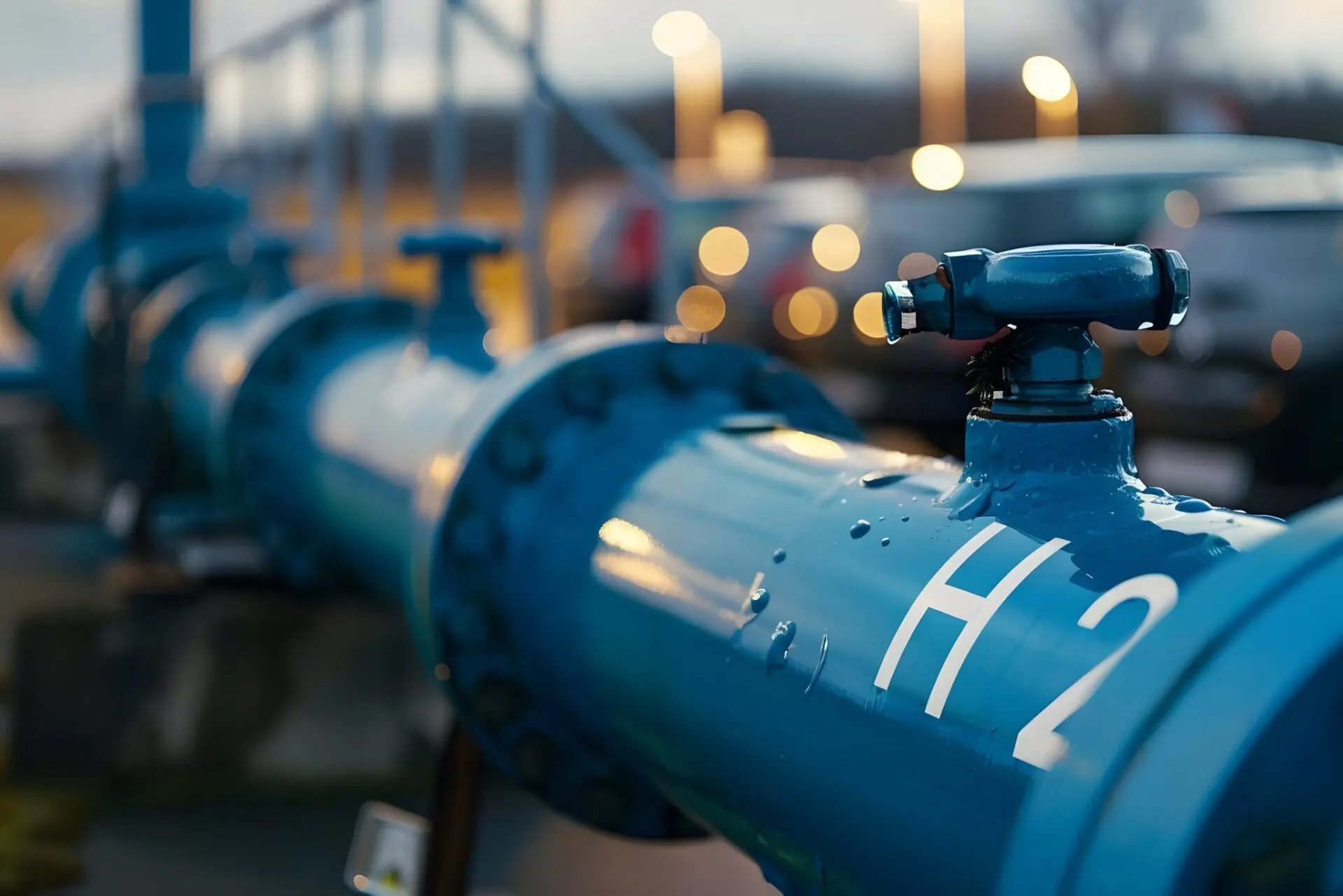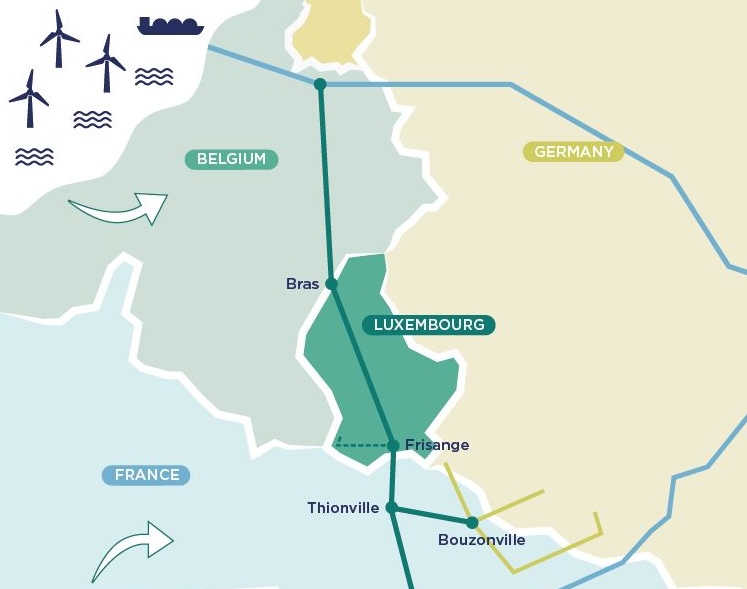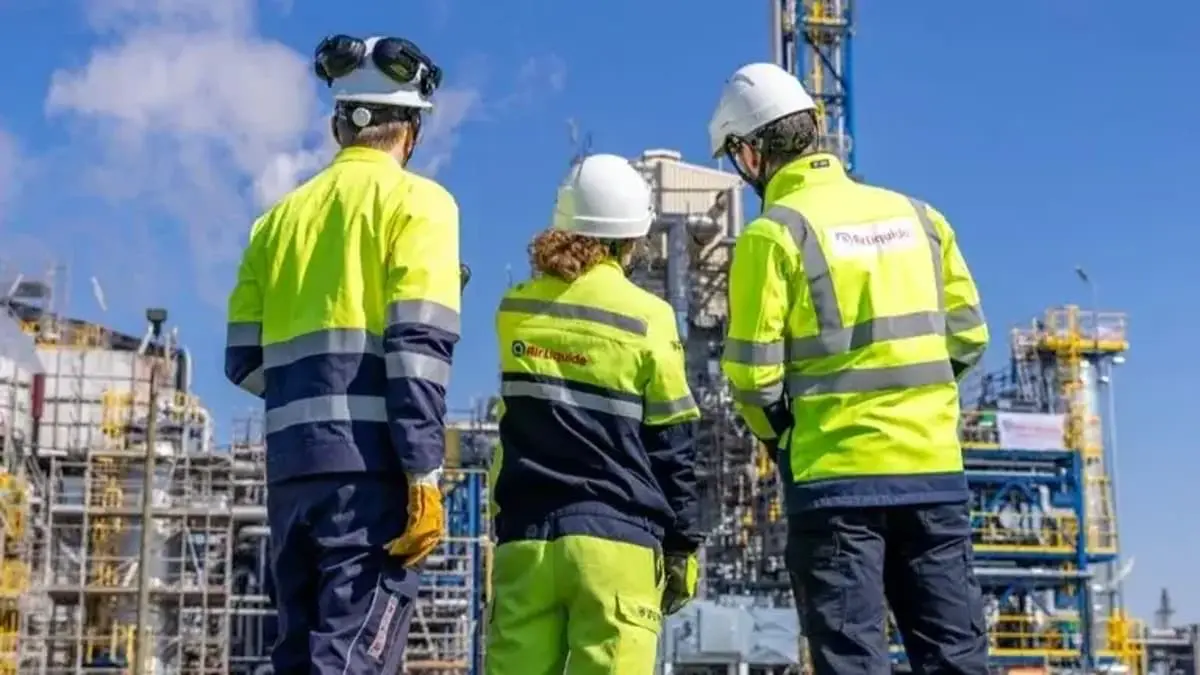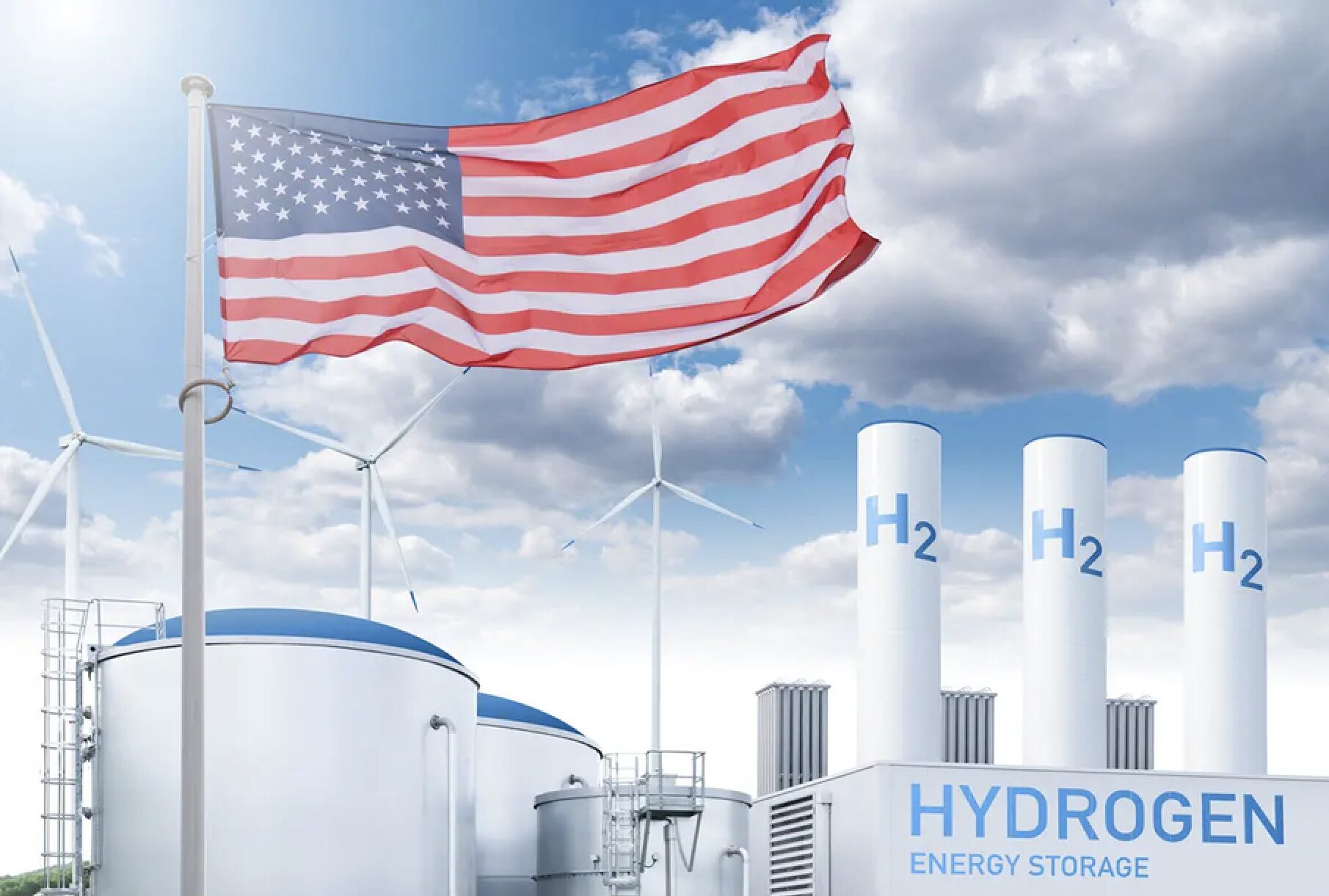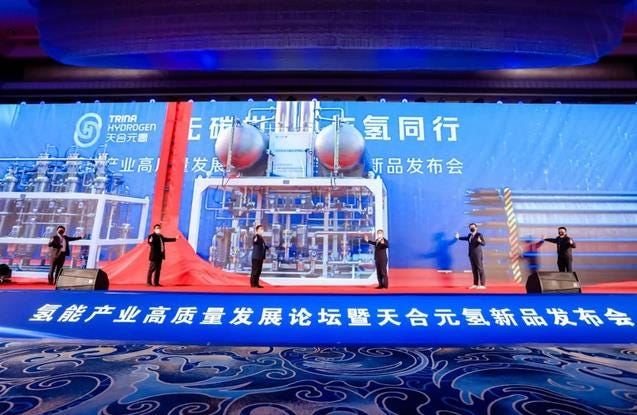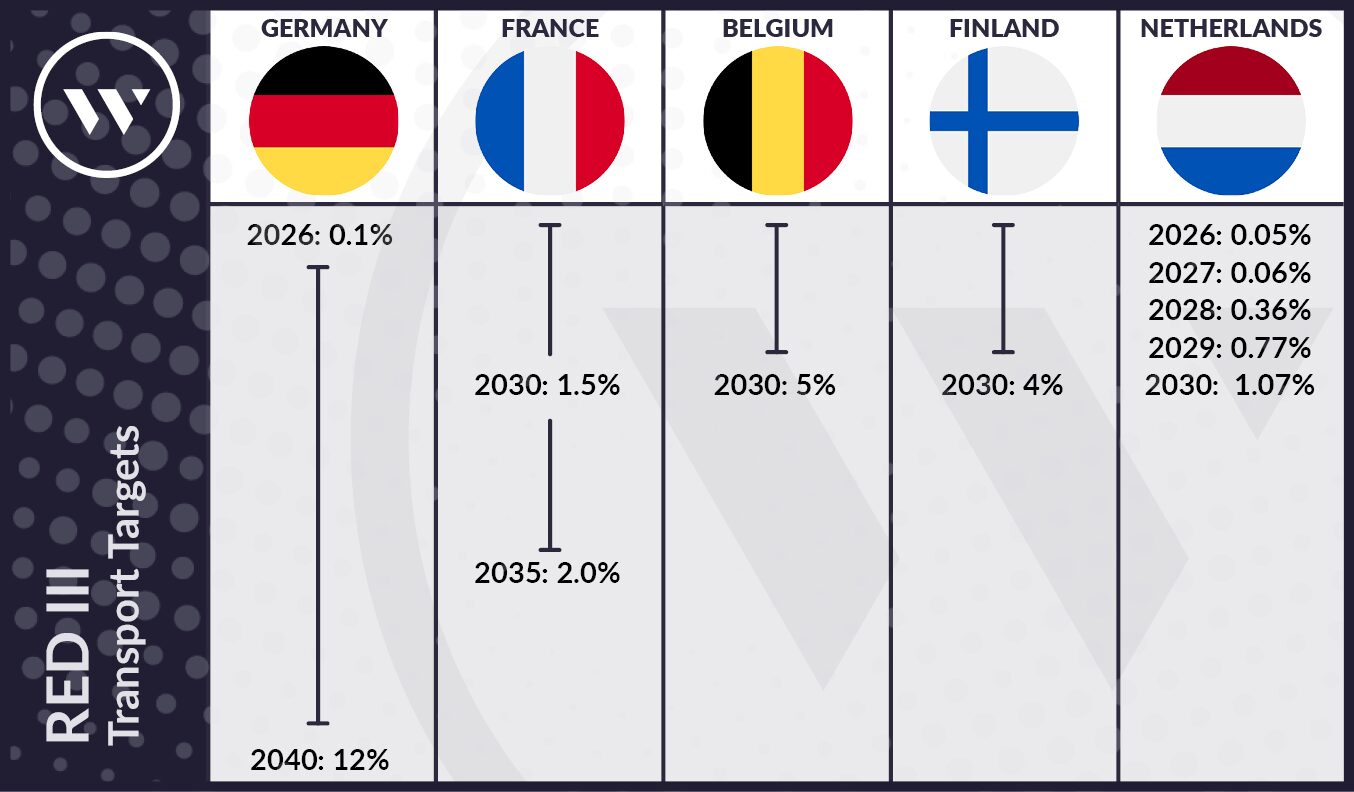
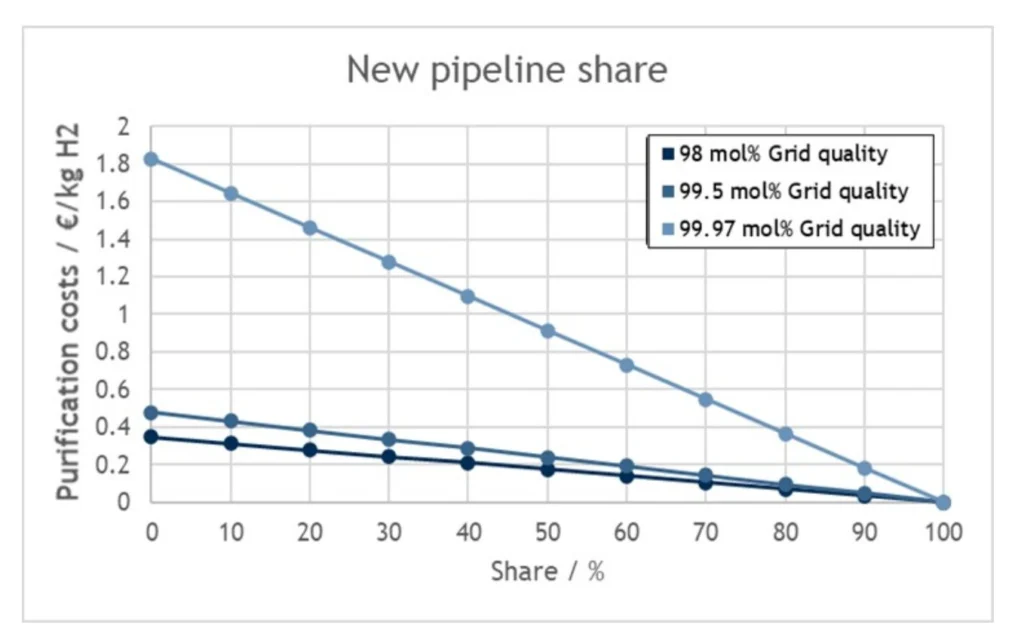
A new European Commission study warns that Europe must agree on a common hydrogen quality standard to avoid costly market fragmentation as hydrogen pipeline networks expand. Unlike natural gas, Europe currently has no binding hydrogen quality rules, creating a rare opportunity for Member States to align before national specifications diverge.
Prepared by LBST, DNV, DBI GUT and Trinomics, the report shows that mismatched purity thresholds or contaminant limits could restrict cross-border flows and force expensive purification at interconnection points. With hydrogen markets expected to scale rapidly from 2030 onwards, the study argues that harmonisation is essential for a liquid, interconnected EU market.
Purity levels: 98%, 99.5%, or 99.97%?
Stakeholders are divided, but the study finds that 99.5% purity offers the best balance between technical feasibility and system-wide cost efficiency.
• 98% is easier for storage and repurposed gas assets but risks higher downstream purification.
• 99.97% is needed for fuel cells and sensitive chemical uses but is costly to apply at grid level.
Repurposed natural gas pipelines and underground storages can introduce contaminants such as methane, CO₂ and sulphur compounds. Without a unified EU-wide standard, these variations would undermine network interoperability and increase project risks.
The study recommends establishing an EU hydrogen quality standard centered around the 99.5% level, supported by clear cost-allocation rules and coordinated data collection. A forthcoming CEN/CENELEC standardisation request will guide this process.
Source:
European Commission — Study on hydrogen quality in dedicated infrastructure and standardisation (2025)

